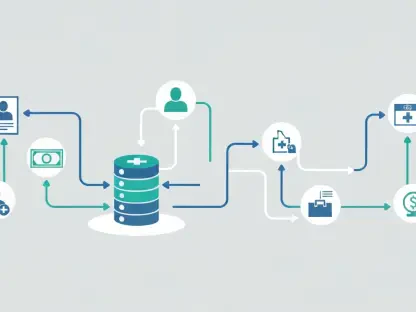The article “How the New EU Regulatory Landscape Will Impact Software Security” by Nuno Teodoro offers an in-depth analysis of the latest European Union (EU) cybersecurity regulations and their implications for software security practices. With the introduction of three significant legislative frameworks – the Digital Operational Resilience Act (DORA), the Network and Information Security Directive 2 (NIS2), and the Cyber Resilience Act (CRA) – the EU aims to enhance cybersecurity and operational resilience across various sectors.
Key Legislative Frameworks and Their Impacts
Digital Operational Resilience Act (DORA)
DORA primarily targets financial institutions, aiming to bolster their resilience against ICT-related incidents. Organizations must adopt a robust ICT risk management framework that encompasses secure software development practices. These include:
- Risk Assessments: Involve the regular identification, assessment, and management of risks associated with software and digital operations.
- Secure Development Lifecycle (SDLC): Practices must integrate security at every development stage, from planning and design to deployment and maintenance.
- Security Testing: Mandated to be regular, including static and dynamic code analysis, vulnerability assessments, and penetration testing.
Additional controls promote:
- Digital certificates lifecycle monitoring
- Third-party and open-source libraries management
- Vulnerability disclosure programs
- Source code integrity verification
Network and Information Security Directive 2 (NIS2)
NIS2 enhances cybersecurity capabilities and network and information systems security. Key mandates include:
- Stringent Security Measures: Such as implementation of encryption, secure authentication, and access controls.
- Supply Chain Security Measures: Involve regular audits and assessments to verify third-party components and open-source libraries, ensuring their security integrity.
- Regular Updates and Patching: Required continuously to address vulnerabilities and improve security.
Cyber Resilience Act (CRA)
CRA introduces cybersecurity standards for products with digital elements, focusing on security by design and default. This involves:
- Integrating Security During the Software Design Phase: Secure default configurations and thorough security reviews.
- Lifecycle Security Management: Regular updates, vulnerability management, and secure end-of-life processes.
- Conformity Assessments and Certifications: Demand rigorous testing, certifications, and re-evaluation to ensure compliance with cybersecurity standards.
- Timely Security Updates: Ensure efficient processes for deploying updates to address identified vulnerabilities without disrupting services.
Common Themes and Consensus Viewpoints
The article underscores several common themes across the regulatory frameworks:
- Integration of Security into Development Processes: Emphasizing the importance of embedding security into every stage of the software development lifecycle.
- Continuous Monitoring and Updates: Crucial for maintaining software security, highlighting the need for regular updates and proactive vulnerability management.
- Supply Chain Security: Vital, requiring verification of third-party components and management of open-source vulnerabilities.
- Compliance and Certification: Necessitate organizations to invest in conformity assessments, certifications, and detailed security documentation to meet regulatory standards.
Overarching Trends
A significant trend identified is the shift towards proactive and integrated cybersecurity measures. Organizations are required to take a holistic approach to risk management, involving continuous monitoring, detailed risk assessments, and involvement of multiple stakeholders, including developers, third-party providers, and regulatory bodies.
Impact on Organizations
The article highlights the substantial impact of these regulations on organizations:
- Adoption of Secure Development Practices: Now imperative, requiring organizations to mature their SDLC frameworks and integrate security seamlessly into their development workflows.
- Increased Compliance Costs: Inevitable, with significant investments needed in certifications, assessments, and security infrastructure.
- Enhanced Documentation and Transparency: Critical, stressing the importance of maintaining extensive security documentation and ensuring transparency with users and regulators.
Conclusion
In his article “How the New EU Regulatory Landscape Will Impact Software Security,” Nuno Teodoro provides a comprehensive analysis of recent cybersecurity regulations introduced by the European Union (EU). These regulations are designed to significantly fortify software security practices. The introduction of three major legislative frameworks is at the forefront of this initiative: the Digital Operational Resilience Act (DORA), the Network and Information Security Directive 2 (NIS2), and the Cyber Resilience Act (CRA).
DORA aims at enhancing the resilience of financial institutions by mandating stringent cybersecurity measures. NIS2 expands upon its predecessor, focusing on improving the overall security of network and information systems across the EU. CRA seeks to instill cyber resilience in products, ensuring that security is integrated from the ground up.
Together, these frameworks are set to bolster the EU’s cybersecurity posture dramatically. They aim to protect critical infrastructure and ensure operational resilience across various sectors, thereby elevating the overall cybersecurity standards within the union.









